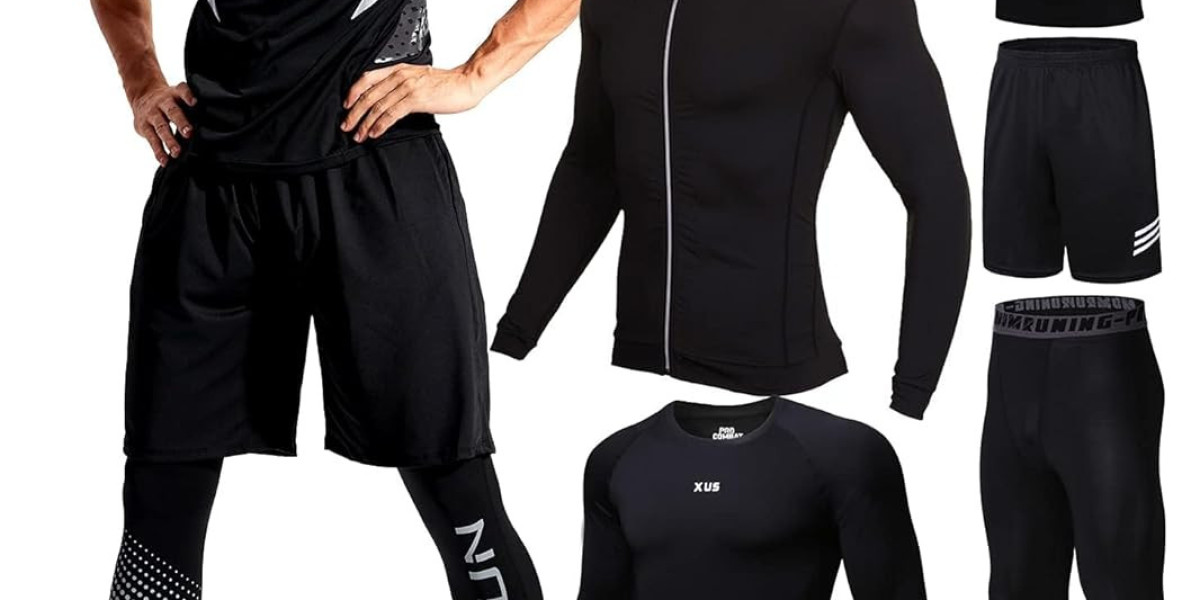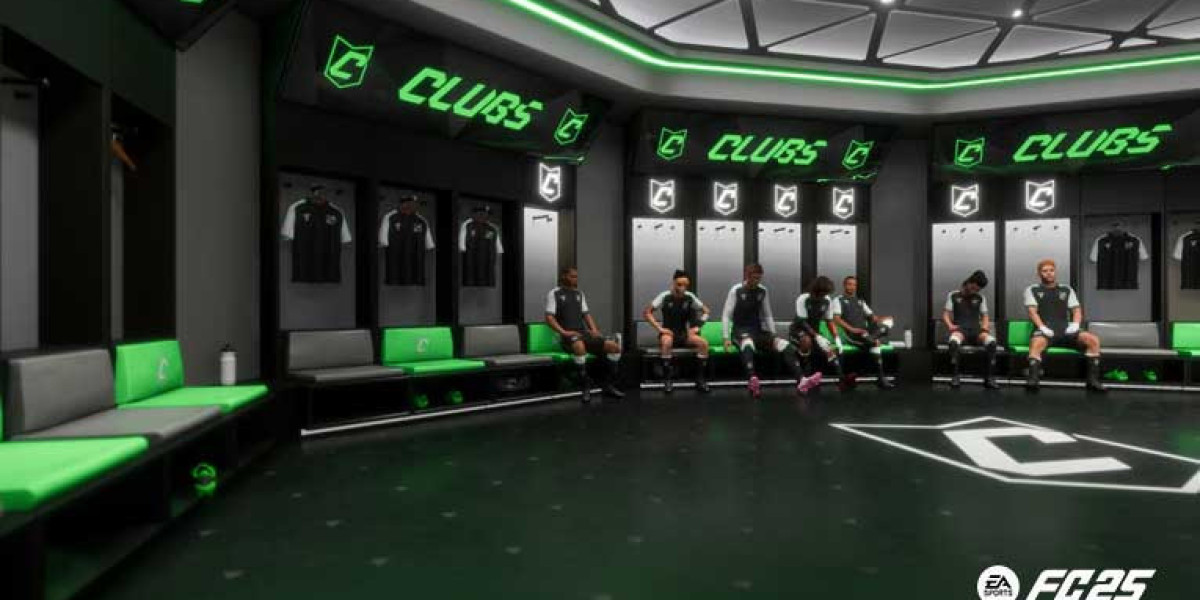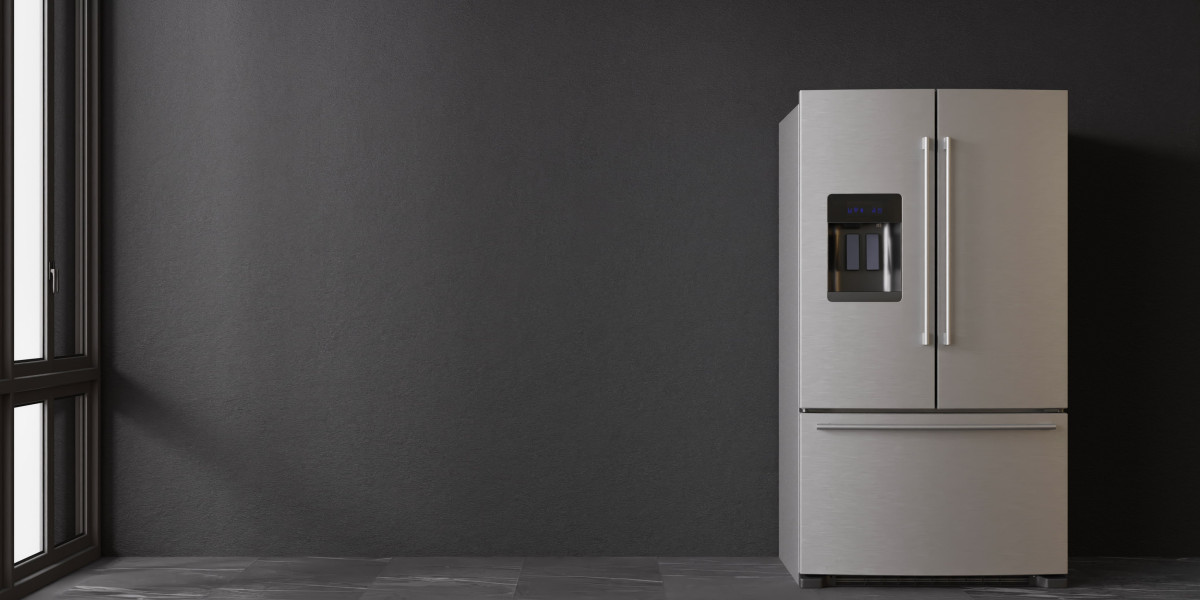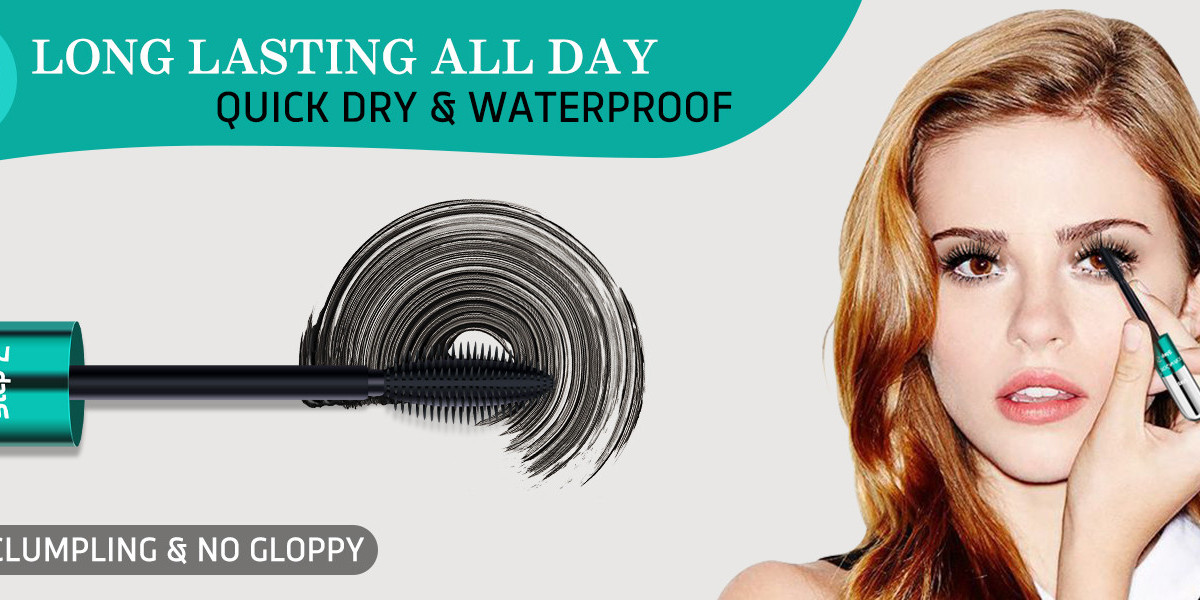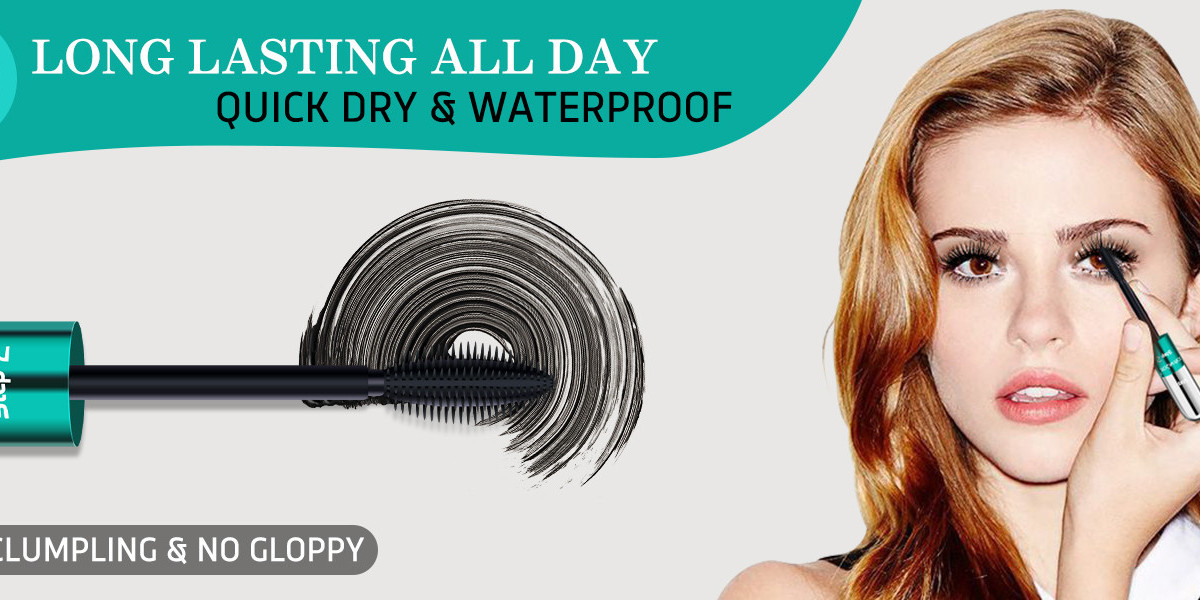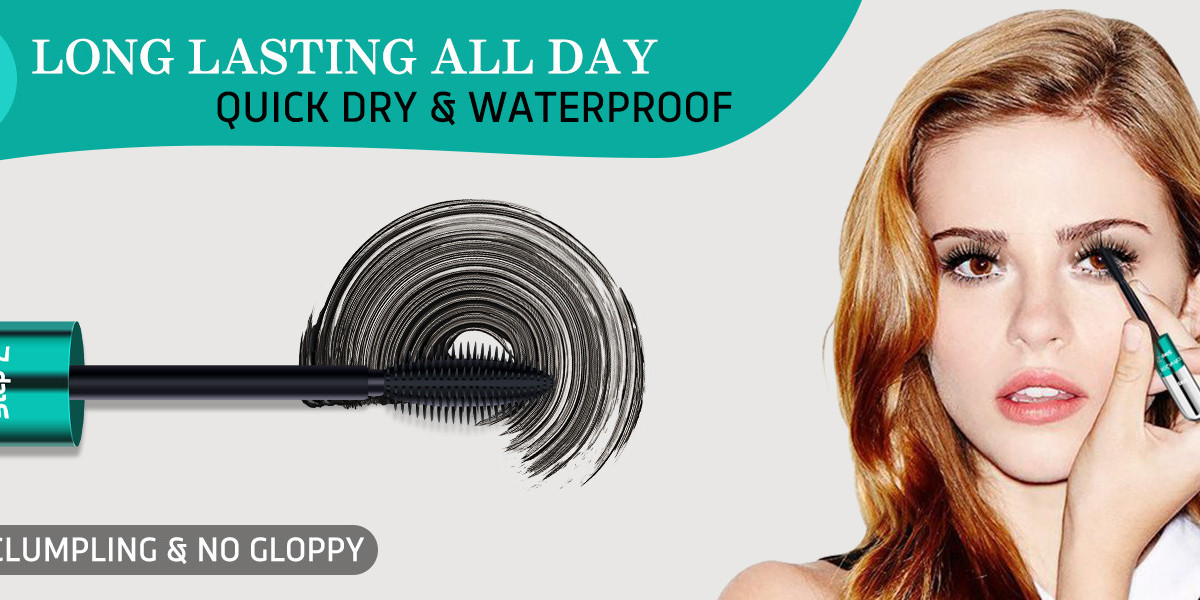The Australia running apparel market size is projected to experience a CAGR of 6.76% from 2024 to 2032. This upward trajectory is driven by the growing interest in fitness and wellness, technological advancements in fabric, and the rising trend of outdoor activities. Running apparel, a sub-category of the clothing sector within consumer goods and services, is witnessing increased demand as Australians prioritize health, comfort, and performance in their workout gear.
Market Overview
Running apparel includes clothing specifically designed for running, offering features that enhance performance, comfort, and protection. Products in this category range from moisture-wicking t-shirts and breathable shorts to compression wear and weather-resistant jackets. The demand for high-quality running apparel is driven by the growing fitness culture, innovation in textile technology, and the shift toward sustainable materials.
Key Benefits of Running Apparel
- Performance Enhancement: Advanced running apparel is made from materials that regulate temperature, reduce sweat buildup, and minimize friction, contributing to a better running experience.
- Comfort and Fit: The ergonomic design and lightweight nature of running clothing ensure ease of movement, making workouts more comfortable and enjoyable.
- Durability: Running apparel is designed to withstand regular use, maintaining its shape, color, and performance over time.
- Moisture Management: Fabrics with moisture-wicking properties help keep runners dry by pulling sweat away from the skin and facilitating quick evaporation.
Key Industry Developments
- Technological Innovations: The market has seen the introduction of running apparel with smart textiles embedded with sensors that monitor body metrics and improve training efficiency.
- Sustainability Efforts: Major brands are incorporating recycled and eco-friendly materials into their product lines to appeal to environmentally conscious consumers.
- Collaborations and Sponsorships: Partnerships between apparel brands and sports events or athletes have boosted brand visibility and credibility, promoting market growth.
- Expansion of Product Lines: Brands are expanding their collections to include gender-neutral and inclusive sizing options, broadening their target market.
Driving Factors
- Growing Health and Fitness Trends: The increasing number of Australians adopting a healthy lifestyle and participating in running events, marathons, and jogging has spurred demand for running apparel.
- Advancements in Fabric Technology: The development of moisture-wicking, breathable, and stretchable fabrics has enhanced the performance of running apparel, making it more attractive to consumers.
- Rising Popularity of Athleisure: The blurring lines between athletic wear and casual clothing have boosted the demand for running apparel that can be worn both for workouts and casual outings.
- Digital Fitness Platforms: The rise of online fitness challenges and virtual marathons during the pandemic has driven individuals to purchase appropriate running attire, contributing to market growth.
COVID-19 Impact
The COVID-19 pandemic initially disrupted the running apparel market, with lockdowns affecting production and distribution channels. However, the pandemic also fueled an increased focus on personal health and outdoor exercise as people looked for ways to stay active and reduce stress. This shift in consumer behavior led to a surge in demand for running apparel, especially as gyms were closed and outdoor activities became more popular. The boom in e-commerce sales during this period further bolstered the market as consumers shopped for running apparel online.
Restraining Factors
- High Competition: The market is competitive, with numerous domestic and international brands vying for consumer attention. Smaller brands may struggle to differentiate themselves.
- Price Sensitivity: Premium running apparel often comes with a higher price tag, which can limit its reach to budget-conscious consumers.
- Environmental Concerns: While sustainability is a trend, the production of performance wear can be resource-intensive, posing challenges for manufacturers to balance eco-friendliness with functionality.
- Supply Chain Challenges: Dependence on global supply chains for fabric and materials can lead to disruptions, affecting product availability and pricing.
Market Segmentation
By Product Type
- T-Shirts and Tops
- Shorts and Tights
- Jackets and Windbreakers
- Sports Bras
- Compression Wear
- Others (Headbands, Socks)
By Material
- Synthetic Fabrics (Polyester, Nylon)
- Natural Fabrics (Cotton, Bamboo)
- Blended Fabrics
By Distribution Channel
- Specialty Sports Stores
- Supermarkets/Hypermarkets
- Online Retail
- Brand Outlets
By End-User
- Men
- Women
- Unisex
Market Outlook
The market for running apparel in Australia is set for sustained growth due to increasing consumer interest in fitness and outdoor activities. The shift toward multifunctional and sustainable products is expected to further drive demand. E-commerce will continue to play a crucial role in market expansion, offering brands opportunities to reach wider audiences with direct-to-consumer strategies.
Trends Shaping the Industry
- Sustainability and Ethical Production: Eco-friendly and ethically produced running apparel is gaining traction as consumers become more conscious of their environmental footprint.
- Smart and Functional Wear: The integration of technology, such as wearable fitness trackers and smart fabrics, is becoming more common, enhancing the user experience.
- Customization: Personalized running apparel, such as custom-printed shirts and tailor-fit gear, is trending among consumers seeking unique products.
- Gender-Inclusive Lines: The development of running gear that caters to non-binary and gender-fluid consumers is expanding the market’s reach.
Regional Analysis/Insights
The highest demand for running apparel is concentrated in metropolitan regions like Sydney, Melbourne, and Brisbane, where fitness culture and marathon participation are prevalent. Urban areas provide a larger market for both premium and casual running wear due to a higher population density and greater disposable income. In regional and rural areas, the market is growing as more consumers participate in local running clubs and wellness initiatives.
Analysis and Insights
- Target Audience: The primary consumers include fitness enthusiasts, professional athletes, and casual runners. The market also appeals to individuals looking for athleisure wear.
- Consumer Preferences: Consumers prioritize apparel that offers a blend of functionality, comfort, and style. Sustainability and ethical sourcing are also important factors influencing purchasing decisions.
- Market Dynamics: The market is influenced by technological advancements, fashion trends, and consumer behavior shifting toward outdoor and fitness activities.
Key Players in the Market
- Nike Inc.
- Adidas AG
- Puma SE
- Under Armour, Inc.
- ASICS Corporation
- New Balance Athletics, Inc.
- Lululemon Athletica
- 2XU Pty Ltd
- Reebok International Ltd.
- Decathlon Group
Opportunities
- Expansion into Eco-Friendly Lines: Brands that focus on developing sustainable running apparel made from recycled materials can attract eco-conscious consumers.
- Technological Integration: Leveraging innovations like smart textiles and moisture sensors can appeal to tech-savvy consumers.
- Collaborations and Limited Editions: Partnering with athletes or influencers to launch exclusive collections can boost brand visibility.
- Digital Marketing and E-commerce: Enhancing online presence through digital marketing strategies and seamless e-commerce experiences can drive sales.
Challenges
- Sustainability vs. Cost: Incorporating eco-friendly practices often comes with higher production costs, impacting profit margins.
- Rapidly Changing Trends: Keeping up with the fast-evolving preferences in sportswear fashion can be challenging for brands.
- Quality Control: Ensuring consistent quality, especially when scaling production, is essential but challenging.
- Economic Sensitivity: Consumer spending on non-essential items like running apparel can be impacted by economic fluctuations.
Restraints
- Price Constraints: The high cost of technologically advanced or eco-friendly running gear may deter some consumers.
- Perception of Sustainability: Greenwashing can undermine consumer trust, making genuine sustainability efforts more challenging for brands.
- Limited Availability of Raw Materials: The reliance on specific materials can lead to supply shortages and production delays.
Scope of the Market
The scope of the Australia running apparel market is broad, encompassing various product types from basic t-shirts to high-tech smart wear. Brands that prioritize innovation, sustainability, and consumer-centric approaches will be best positioned to capture and retain market share. The continuous expansion of the athleisure trend into everyday fashion presents further opportunities for market growth.
The Australia running apparel market is on a positive growth path, supported by a strong fitness culture, advancements in fabric technology, and a growing emphasis on sustainable practices. While challenges such as price sensitivity and supply chain issues persist, opportunities for innovation and targeted marketing are abundant. Brands that align with consumer preferences for comfort, performance, and eco-friendly options will continue to lead in this dynamic market landscape.
